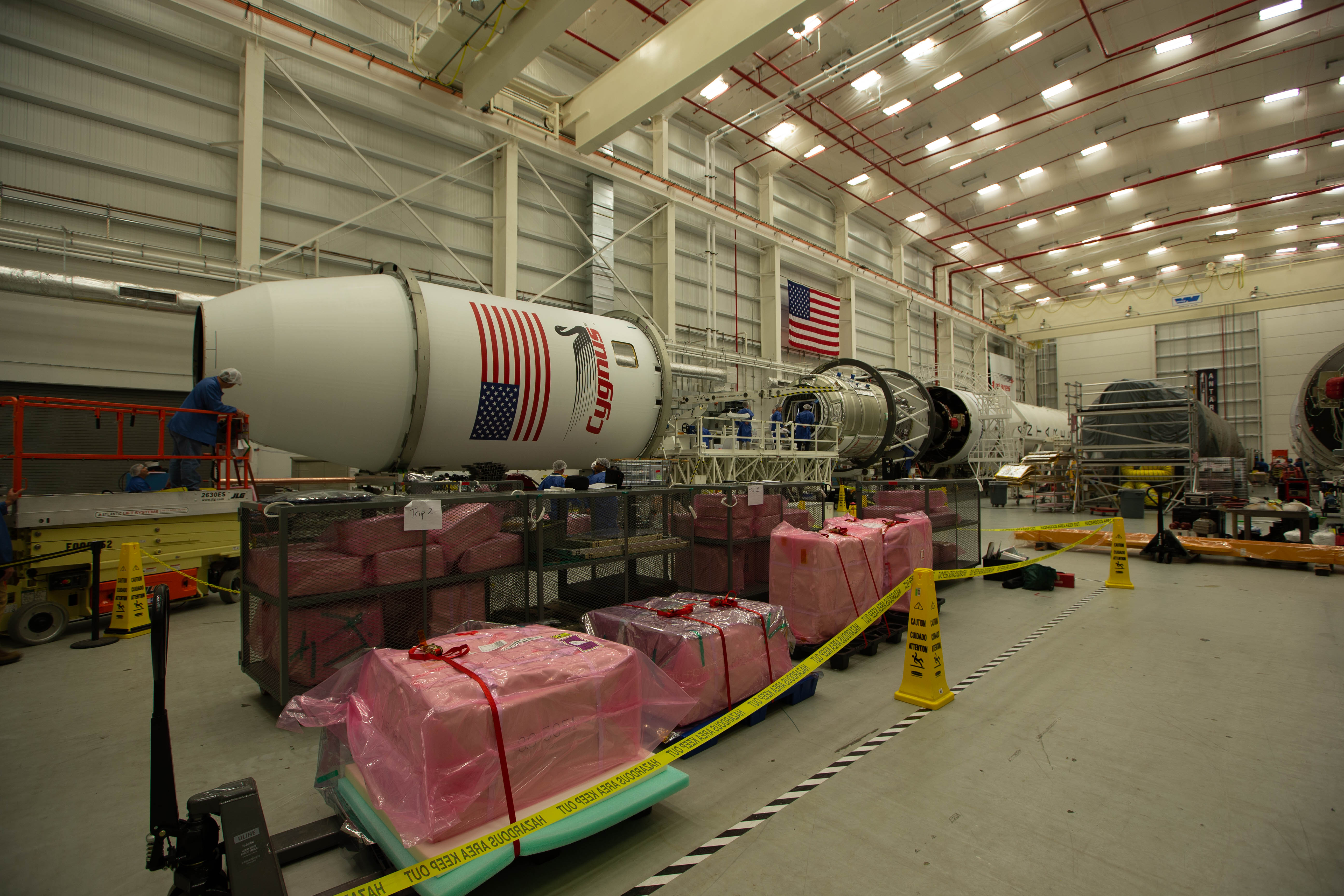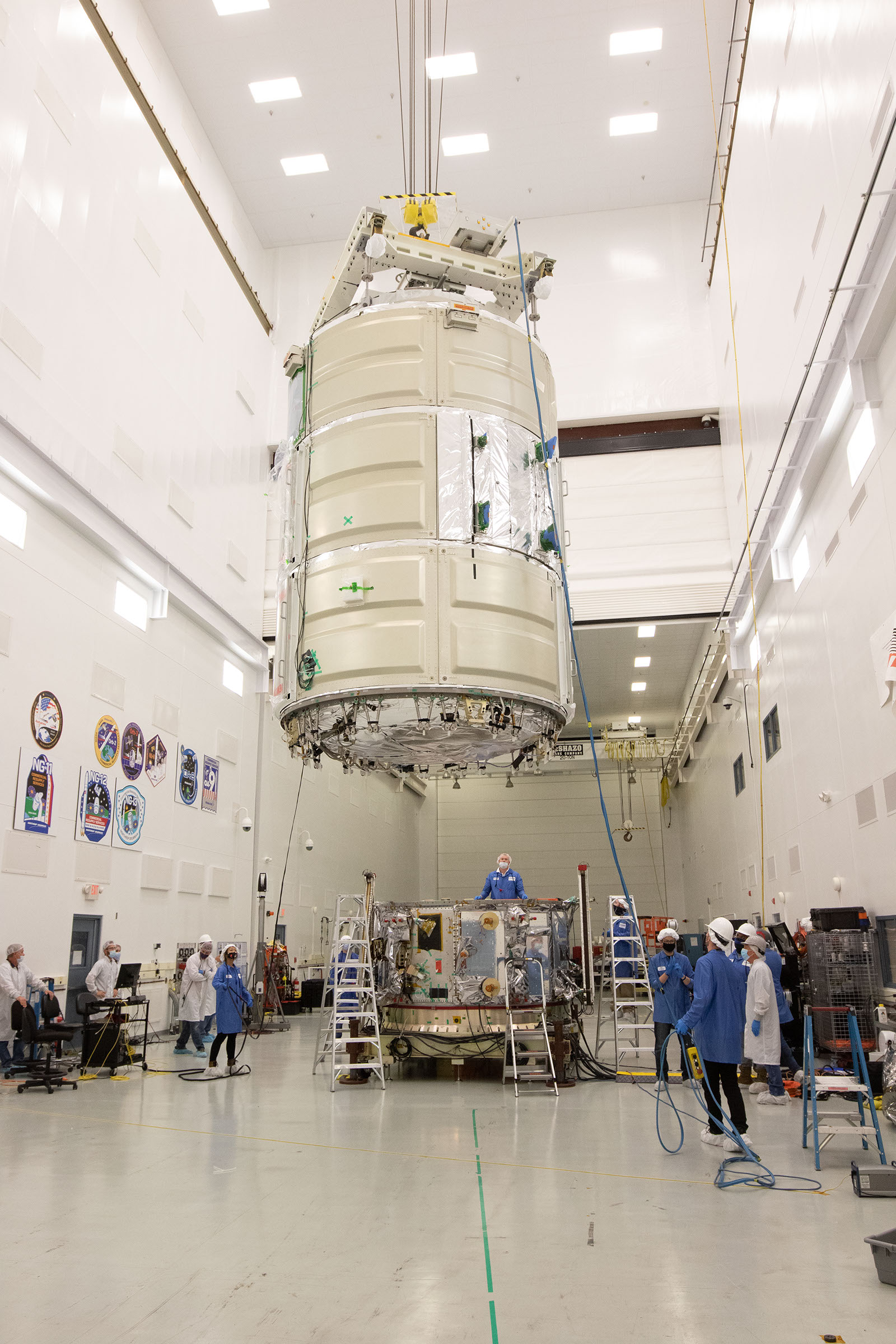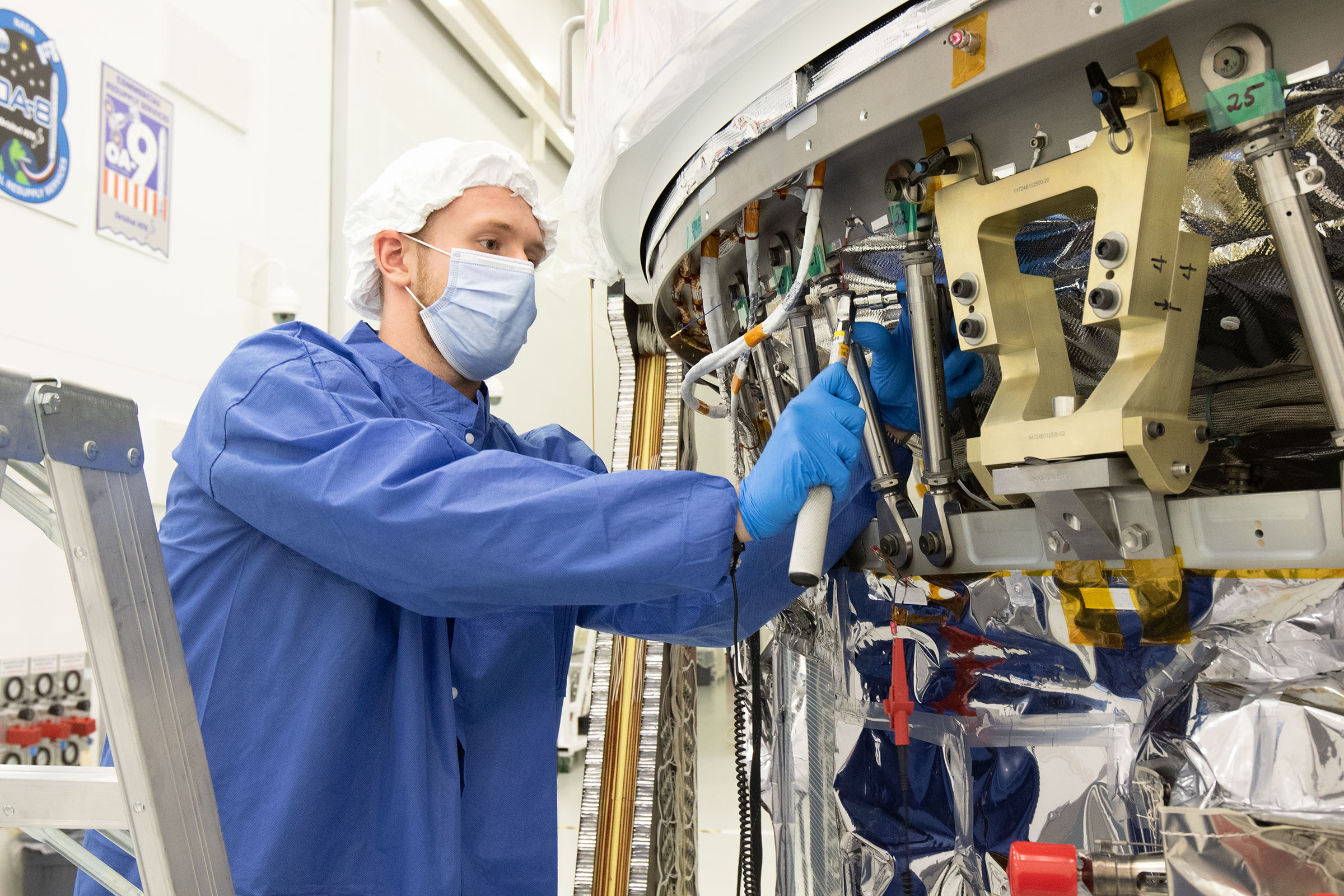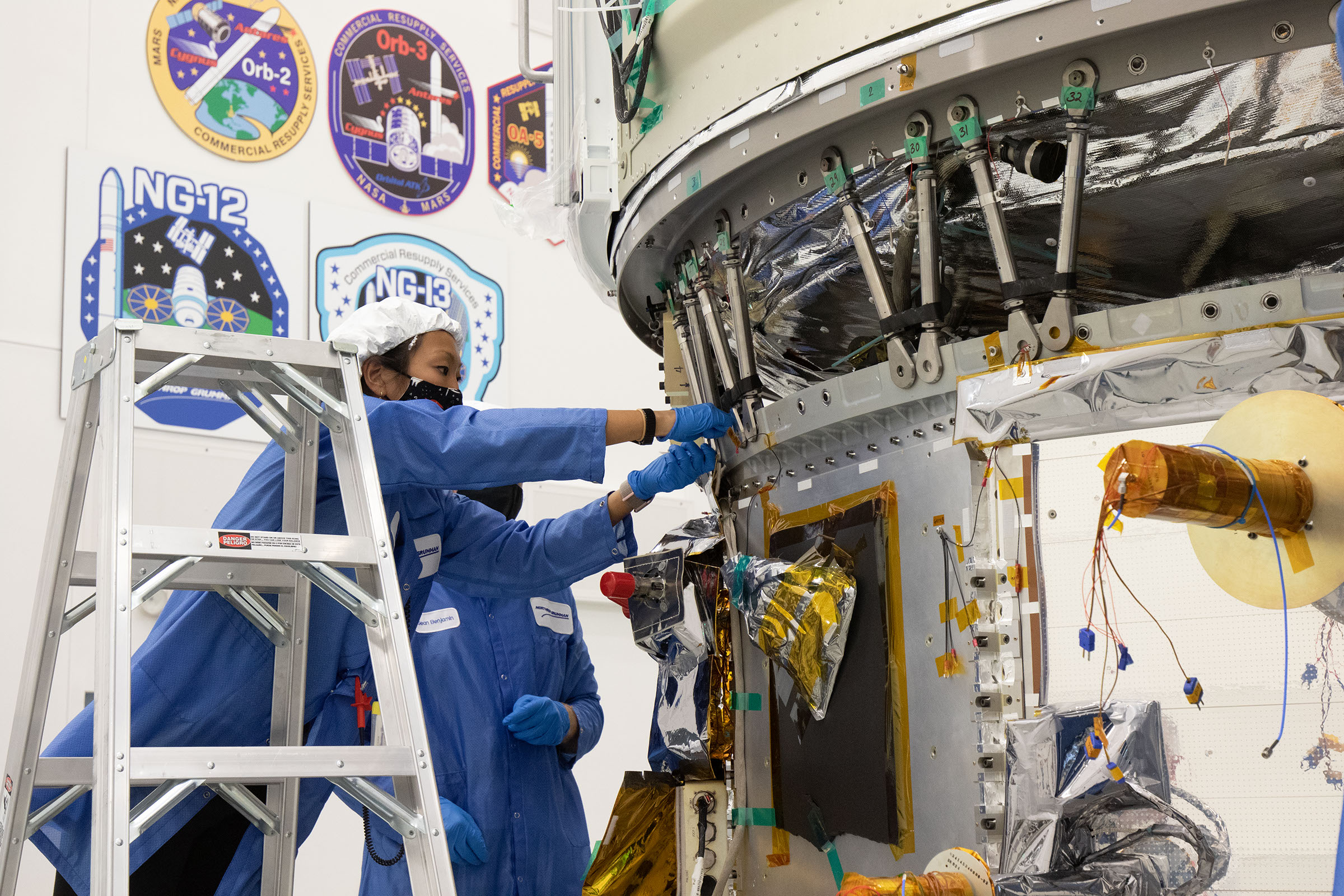Northrop Grumman's Antares rocket is a two-stage vehicle with optional third stage that provides low-Earth orbit launch capability for payloads weighing up to 8,000 kg.
NASA Commercial Resupply Mission
Delivery service in space. That's Defining Possible.
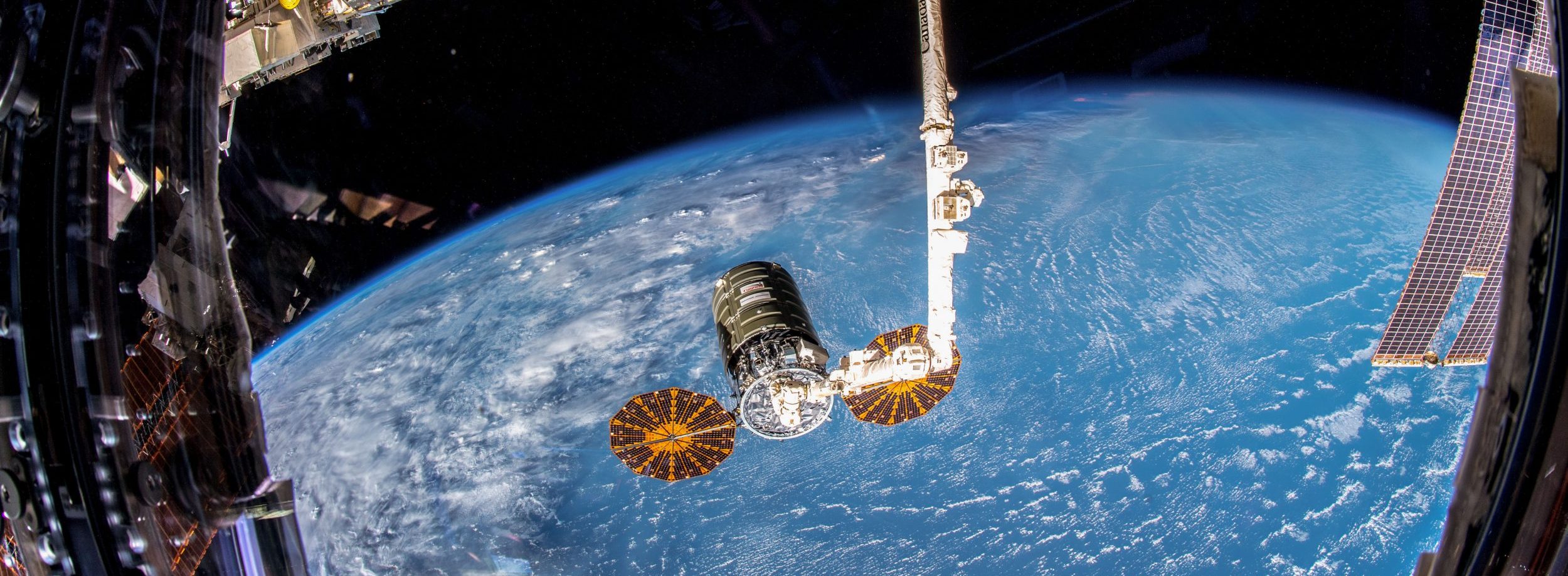
NG-14 Mission Updates
The Antares rocket carrying the Cygnus spacecraft launched Friday, Oct. 2, 2020 at 9:16 p.m. EDT from Wallops Island, Virginia.
Update: We have confirmed that the solar arrays are fully deployed on the S.S. Kalpana Chawla Cygnus. The spacecraft is set to rendezvous with the International Space Station on Oct. 5, 2020.
Update: The Cygnus spacecraft was successfully captured by Commander Chris Cassidy of NASA using the International Space Station’s robotic Canadarm2 at 5:32 a.m. EDT.
Update: The S.S. Kalpana Chawla left the International Space Station on Jan. 6, 2021 at 10:11 a.m. EST, completing its primary mission. The spacecraft’s secondary mission, hosting NASA’s Saffire-V experiment and Northrop Grumman’s SharkSat payload, is now underway.
Update: The NG-14 Cygnus spacecraft completed its mission on Jan. 26 at 3:23 p.m. EST.

About the Mission
Northrop Grumman is proud to name the NG-14 Cygnus spacecraft after former astronaut Kalpana Chawla. It is the company’s tradition to name each Cygnus after an individual who has played a pivotal role in human spaceflight. Chawla was selected in honor of her prominent place in history as the first woman of Indian descent to go to space.
Learn more about Chawla and the NG-14 Mission.

More about Antares and Cygnus

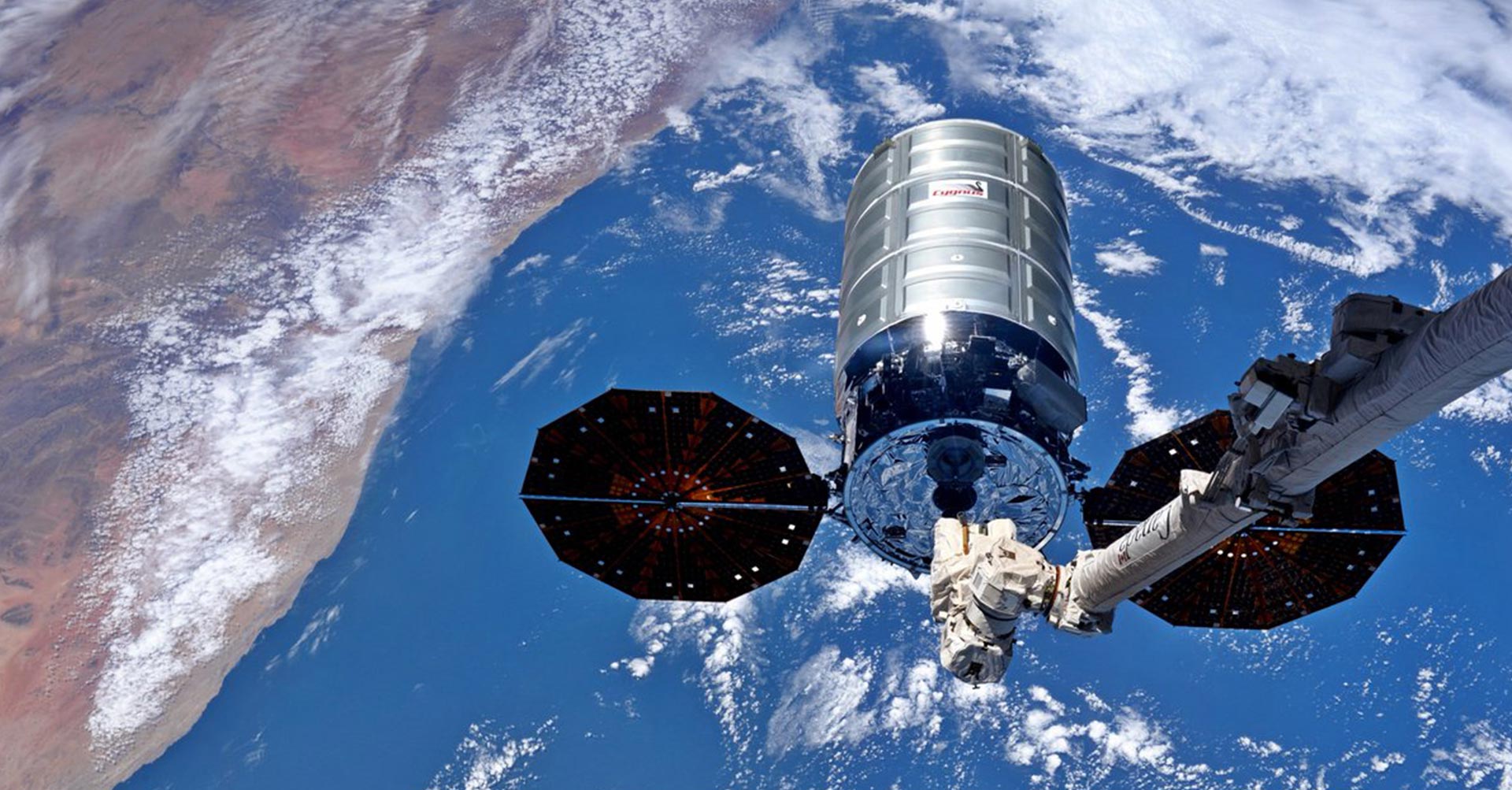

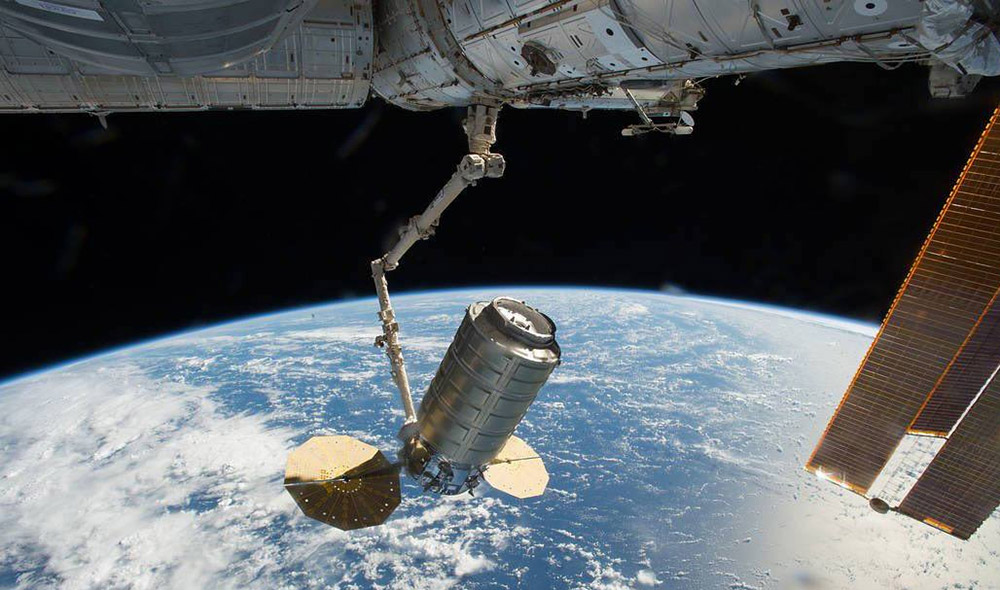
Cygnus Spacecraft Berths with International Space Station
Northrop Grumman’s Cygnus spacecraft was successfully captured by Commander Chris Cassidy of NASA using the International Space Station’s robotic Canadarm2 at 5:32 a.m. EDT after its launch on the company’s Antares rocket on Oct. 2 from Wallops Island.
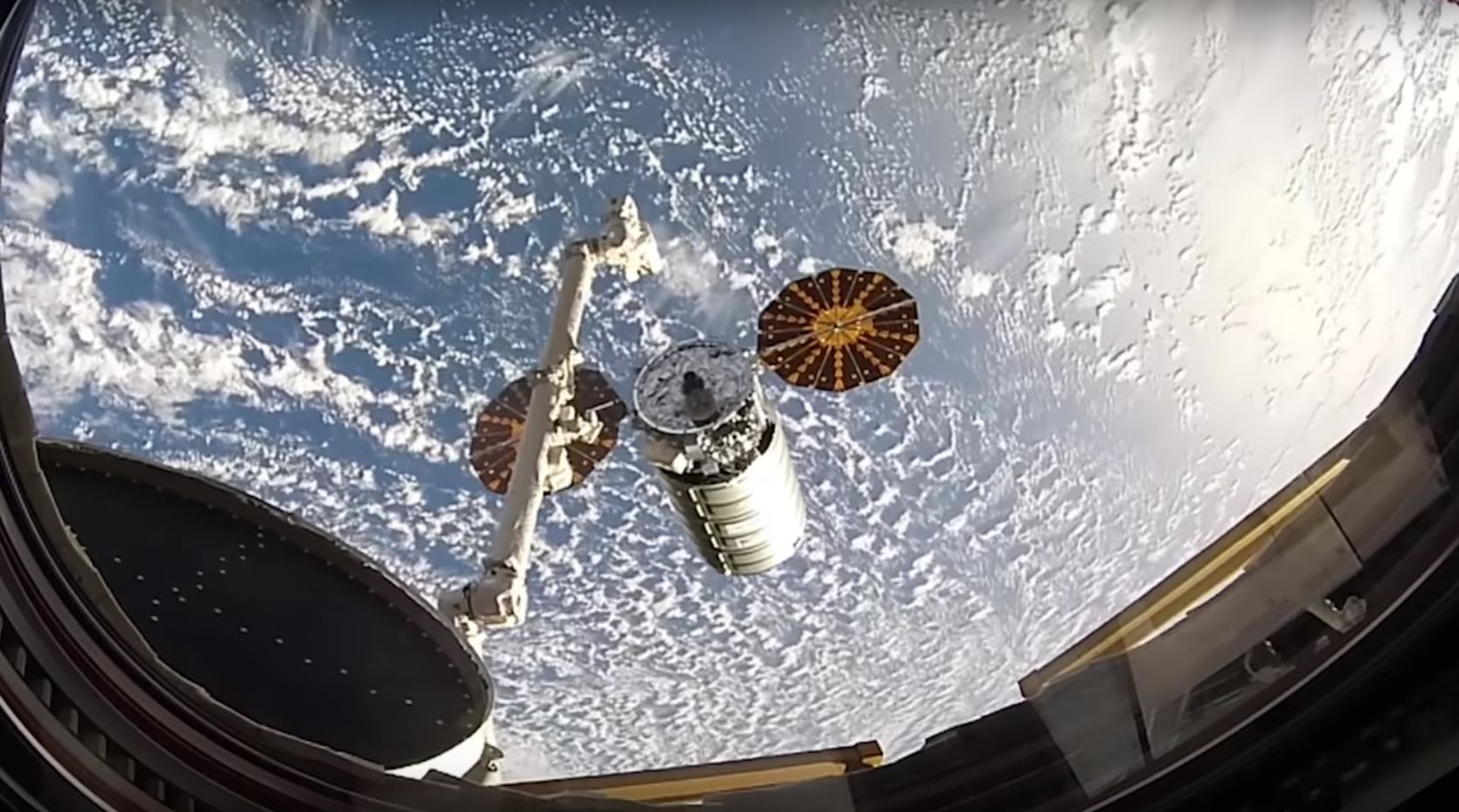

Videos: NG-14
